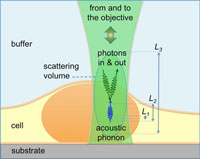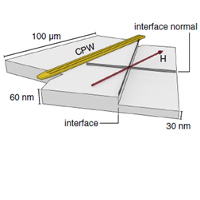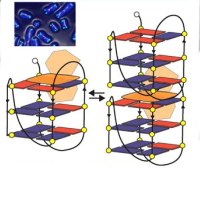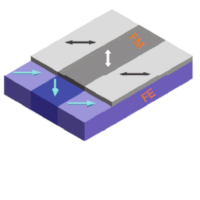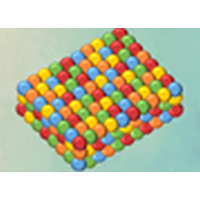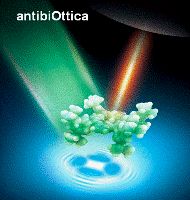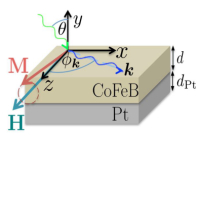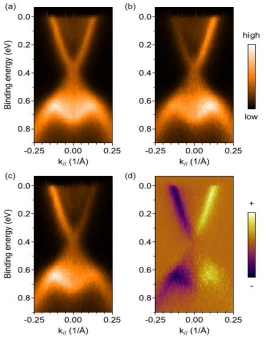Quantum phenomena in innovative materials
Quantum phenomena in innovative materials
Contact persons: G. Panaccione, C. Mondelli
|
To address such goal, advanced synthesis and growth capabilities (PLD, MBE) are coupled to analytical tools based on synchrotron radiation spectroscopies.The materials under investigation mainly address the search of new functionalities in systems where surface/interface effects and quantum confinement give rise to new collective phenomena, as unconventional superconductors, multiferroics, and topological insulators. The collective behaviour of matter is one of the central topics of modern science and technology. Collective quantum phenomena in materials arise from the interplay between quantum mechanics and interactions in many-particle systems — i.e., materials for which the interactions between particles cannot be treated in a classical manner. The atomic environment provides a unique opportunity to understand the quantum nature of matter, and the search for fundamentally new states of matter is a central challenge at the intersection of basic and applied science, and a crucial crossroad for technological innovation. |
(a) ARPES of a 50-QL-thick Bi2Se3 thin film (hv= 60 eV (b,c) Same as (a), with a circular left and right polarization, respectively (d) dichroic signal |
One of the next frontiers in the research of quantum effects will be the ability of understanding, designing, and controlling, i.e. ‘building’ systems with tailored structural, electronic and magnetic properties, directly connected with a whole new world of emergent new collective phenomena (to name but a few self-assembly and self-ordering, quantum size confinement, wave-like transport, orbitally/magnetically driven effects). Furthermore, a promising direction that goes beyond conventional methodologies is to tailor novel properties by exploiting heterostructures of complex oxides, anomalous metals and diluted systems. Recent examples of such research field are: i) the electric control of magnetization at the ferromagnet/ferroelectric interface, ii) the analysis of hybridization and phase separation in diluted magnetic semiconductor and iii) the magnetic proximity effect in ferromagnet/topological insulators hybrid structures. In order to reach a step forward in the control of functionalities, a fundamental understanding of synthesis processes and functional behaviour must be gained. A significant effort has been devoted in recent year to the development and integration of In-operando experiments (applied magnetic and electric field) , where real time informations allow designing more effective and efficient synthesis routes.

